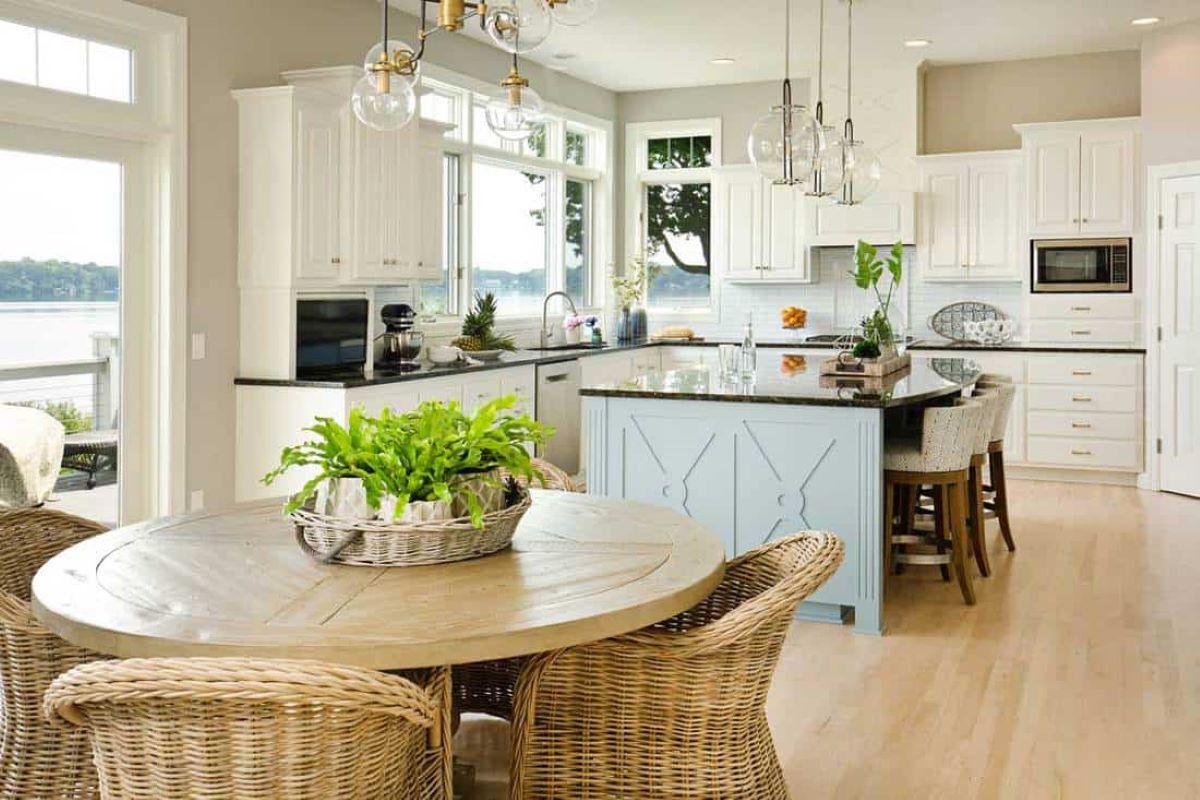

Articles
Where Should Dining Room Be Located
Modified: December 7, 2023
Discover the best location for your dining room with our informative articles. Learn how to create the perfect dining space in your home.
(Many of the links in this article redirect to a specific reviewed product. Your purchase of these products through affiliate links helps to generate commission for Storables.com, at no extra cost. Learn more)
Introduction
The dining room is a central gathering space in any home. It is where families come together to share meals, conversations, and create lasting memories. The location of the dining room plays a crucial role in the overall functionality and atmosphere of the space. Whether you are designing a new home or considering a renovation, it’s important to carefully consider where your dining room should be located.
In this article, we will explore the importance of dining room location, the factors to consider when determining its placement, traditional and alternative dining room locations, and the pros and cons of different choices. By understanding these aspects, you will be better equipped to choose the best dining room location for your home.
Key Takeaways:
- Choose a dining room location that balances privacy and connectivity, natural light, and functionality to enhance your dining experience and complement your home’s design.
- Consider alternative dining room locations like outdoor areas or integrated spaces to create a personalized and flexible dining experience that aligns with your lifestyle and preferences.
Read more: Where Should The Laundry Room Be Located
Importance of Dining Room Location
The location of the dining room is not just a matter of convenience, but it can significantly impact the overall dining experience. Here are a few reasons why the dining room location is of utmost importance:
- Accessibility: The dining room should be easily accessible from the kitchen, as it is common for meals to be prepared in the kitchen and served in the dining room. Having a close proximity between these two spaces ensures seamless and efficient meal service.
- Ambiance: The dining room location can greatly influence the ambiance and mood of the space. For example, a dining room with large windows overlooking a beautiful garden or a scenic view can create a serene and peaceful atmosphere, enhancing the dining experience.
- Privacy: Some homeowners prefer a dining room that is tucked away from the main living areas to create a sense of privacy during meal times. This can be especially important for formal dinners or when hosting guests.
- Connection: On the other hand, many homeowners prefer a dining room that is more open and connected to other living spaces, such as the living room or family room. This open concept design encourages interaction and makes the dining room a central hub for socializing and entertaining.
- Noise and Distractions: The dining room location should be carefully chosen to minimize noise and distractions that can disrupt the dining experience. It’s best to avoid placing the dining room near noisy areas such as the laundry room, garage, or front entrance.
Overall, the dining room location can greatly impact the functionality, ambiance, and overall experience of dining in your home. It is important to consider these factors when determining where to place the dining room in your home.
Factors to Consider When Determining Dining Room Location
When deciding on the ideal location for your dining room, there are several important factors to consider. These factors will help you make an informed decision that suits your needs and preferences. Here are some key considerations:
- Space Availability: Assess the available space in your home to determine where a dining room can be accommodated. Consider the size and shape of the room, as well as the proximity to other areas of the home.
- Proximity to the Kitchen: As mentioned earlier, it is essential to have easy access between the dining room and kitchen. This ensures that meals can be served without any hassle or inconvenience. Consider locating the dining room adjacent to or near the kitchen for seamless meal service.
- Natural Light: Natural light can greatly enhance the dining experience, so consider placing the dining room in an area that receives ample sunlight. This will create a bright and inviting space for dining.
- Views: If you have a beautiful view outside, such as a garden, pool, or scenic landscape, it’s worth considering a dining room location that allows for a panoramic view. This can create a pleasant and refreshing ambiance during meals.
- Privacy: Determine how much privacy you desire for your dining space. If you prefer a private and intimate setting, consider locating the dining room away from high-traffic areas or using dividers to separate it from other rooms.
- Functionality: Think about the functionality of the dining room in relation to other areas of the home. Consider the flow of traffic and how the dining room will fit into the overall layout. Make sure there is enough space to comfortably seat your family and guests.
- Acoustics: Consider the acoustics of the potential dining room location. Avoid areas with too much noise or echoes that can disrupt the dining experience. Carpeted floors, curtains, and wall hangings can help absorb sound and create a more pleasant ambiance.
By carefully considering these factors, you will be able to determine the most suitable location for your dining room. Remember, the location should not only be convenient and functional, but also create a pleasant and inviting atmosphere for meals and gatherings.
Traditional Dining Room Locations in Homes
Traditionally, dining rooms were located in specific areas of the home that were dedicated to formal dining and entertaining. These traditional dining room locations have certain characteristics that have stood the test of time. Here are a few common traditional dining room locations:
- Adjacent to the Kitchen: One of the most common traditional dining room locations is adjacent to the kitchen. This allows for easy access and convenient serving of meals. It also promotes a seamless flow between cooking and dining.
- Separate Dining Room: Another traditional location is a separate dining room, usually located near the front of the house or next to the living room. This dedicated space provides a formal setting for special occasions and gatherings.
- Formal Dining Area: Some homes have a designated formal dining area, often located near the entrance or connected to the living room. This area is typically more embellished and decorated, creating an elegant and sophisticated ambiance.
- Dining Nook: In smaller homes or apartments, a dining nook may be used instead of a separate dining room. This is a cozy area within the kitchen or living room where a small dining table and chairs are placed.
- Dining Area in an Open Floor Plan: In modern homes with open floor plans, the dining area may be part of a larger living space. This creates a more casual and connected atmosphere, allowing for seamless interaction between the dining area and other living areas.
These traditional dining room locations have their own merits and charm. They have been popular for many years due to their functionality and ability to create a distinct dining experience. However, with evolving design trends and lifestyles, alternative dining room locations have also gained popularity.
Consider locating the dining room near the kitchen for easy access when serving meals. It should also be positioned away from high-traffic areas to create a more intimate dining experience.
Alternative Dining Room Locations in Homes
As lifestyles and design preferences have evolved, so have the options for dining room locations in homes. Many homeowners are now opting for alternative locations that offer unique and personalized dining experiences. Here are some alternative dining room locations to consider:
- Multipurpose Spaces: With the rise of open floor plans, homeowners often opt for multipurpose spaces that can serve as both a dining area and a casual living space. This allows for a more flexible and versatile use of the space.
- Kitchen Island: For casual meals and quick snacks, some homeowners choose to incorporate a dining area within their kitchen island. This provides a convenient and informal space for dining, especially for smaller households.
- Outdoor Dining Area: If you have a spacious backyard or a patio, creating an outdoor dining area can be a delightful option. It allows you to enjoy meals in the fresh air, surrounded by nature or a beautifully landscaped garden.
- Home Office/Dining Combo: In homes where space is limited, integrating the dining area with a home office can be a practical solution. This allows you to maximize the functionality of the space while providing a dedicated area for meals and work.
- Underutilized Spaces: Look for underutilized spaces in your home, such as a large hallway, a corner of the living room, or a nook under the stairs. These spaces can be creatively transformed into unique dining areas that add character and charm to your home.
These alternative dining room locations offer versatility and the opportunity to create a personalized dining experience. They allow homeowners to think outside the box and design a dining area that aligns with their lifestyle and preferences.
Read more: Where Should A Plumbing Vent Be Located?
Pros and Cons of Different Dining Room Locations
When choosing a dining room location for your home, it’s important to consider the pros and cons of different options. Here are some advantages and drawbacks of various dining room locations:
- Adjacent to the Kitchen:
- Pros: Easy access for meal service, convenient for transporting food, promotes efficient flow between kitchen and dining area.
- Cons: Potential for cooking odors to permeate the dining area, may not provide the desired level of privacy for formal dining.
- Separate Dining Room:
- Pros: Dedicated space for formal dining and entertaining, provides privacy and separation from other living areas, can create an elegant and sophisticated atmosphere.
- Cons: May not be as functional for everyday dining, can be less conducive to informal gatherings and casual meals.
- Formal Dining Area:
- Pros: Creates a grand and impressive setting for special occasions, allows for elaborate decor and furnishings, enhances the formal dining experience.
- Cons: Limited flexibility in design and function, may not be utilized frequently, can take up a significant portion of the floor plan.
- Dining Nook:
- Pros: Space-saving option for smaller homes, cozy and intimate dining experience, often conveniently located within or near the kitchen.
- Cons: Limited seating capacity, may not be suitable for larger gatherings, less formal setting compared to a dedicated dining room.
- Dining Area in an Open Floor Plan:
- Pros: Promotes a connected and social atmosphere, allows for seamless flow between dining area and other living spaces, versatile and adaptable to different occasions.
- Cons: Noise and distractions from other areas of the home, can be challenging to create a more formal or intimate ambiance.
These are just a few examples, and the pros and cons will vary based on individual preferences and the layout of your home. Consider these factors when making your decision, and choose a dining room location that aligns with your lifestyle and needs.
How to Choose the Best Dining Room Location for Your Home
Choosing the best dining room location for your home requires careful consideration and evaluation of your specific needs and preferences. Here are some steps to help you make an informed decision:
- Assess Your Lifestyle: Consider how you and your family use the dining room and what type of atmosphere you want to create. Think about the frequency of formal versus informal dining, the size of your family, and any specific requirements or preferences you have.
- Evaluate the Space: Take a close look at the available space in your home. Consider the layout, size, and shape of the rooms where the dining room could be located. Take into account the proximity to other areas such as the kitchen, living room, or outdoor space.
- Consider Functionality: Think about how the dining room will fit into your daily routine. Consider factors such as the flow of traffic, proximity to the kitchen, and the number of people you typically entertain. Ensure that the location allows for easy serving and an enjoyable dining experience.
- Assess Natural Light and Views: Take advantage of natural light and scenic views when choosing a dining room location. Consider placing the dining area in a spot that receives ample sunlight and provides a pleasant view. This can greatly enhance the ambiance and create an inviting space for meals.
- Weigh Privacy versus Connectivity: Decide how much privacy you desire for your dining area. If formal and intimate gatherings are important, a separate dining room or a secluded area may be preferred. If you enjoy a more open and connected atmosphere, consider a dining area that integrates with other living spaces.
- Consider Acoustics and Noise: Take into account the acoustics of potential dining room locations. Avoid areas with excessive noise or echoes that can affect the dining experience. Consider using fabrics, rugs, and curtains to dampen sound and create a more pleasant ambiance.
- Balance Design and Function: Seek a location that balances both design aesthetics and functionality. Choose a spot that aligns with the overall style of your home while also meeting the practical needs of a dining area.
- Experiment and Visualize: If you are uncertain about the best location, try visualizing different options or even experimenting with temporary dining setups in different areas of your home. This will give you a better sense of how each location feels and functions in practice.
- Seek Professional Advice: If you find it challenging to determine the best dining room location, consider consulting with a professional designer or architect. They can offer valuable insights and expertise to help you make the right decision for your home.
By following these steps and carefully considering your lifestyle, space, and preferences, you will be able to choose the best dining room location that enhances your dining experience and complements the overall design of your home.
Conclusion
Choosing the right dining room location is a crucial decision that can greatly impact the functionality, ambiance, and overall dining experience in your home. By considering important factors such as accessibility, ambiance, privacy, and connection, you can make an informed choice that suits your specific needs and preferences.
Traditional dining room locations, such as those adjacent to the kitchen or in a separate room, offer a sense of formality and elegance. However, alternative dining room locations, including multipurpose spaces, outdoor areas, or integrated dining areas in open floor plans, provide flexibility and personalization.
It is essential to weigh the pros and cons of each location option based on your lifestyle and the layout of your home. Consider factors such as functionality, natural light, views, privacy, and acoustics to create a dining space that meets your practical and aesthetic preferences.
Remember to assess your lifestyle, evaluate the available space, and find a balance between design and function. Visualize different options if needed and seek professional advice to ensure you make an informed decision that enhances your dining experience.
Ultimately, a well-chosen dining room location will create a welcoming and enjoyable space where you can gather with family and friends, share meals, and create cherished memories for years to come.
Frequently Asked Questions about Where Should Dining Room Be Located
Was this page helpful?
At Storables.com, we guarantee accurate and reliable information. Our content, validated by Expert Board Contributors, is crafted following stringent Editorial Policies. We're committed to providing you with well-researched, expert-backed insights for all your informational needs.
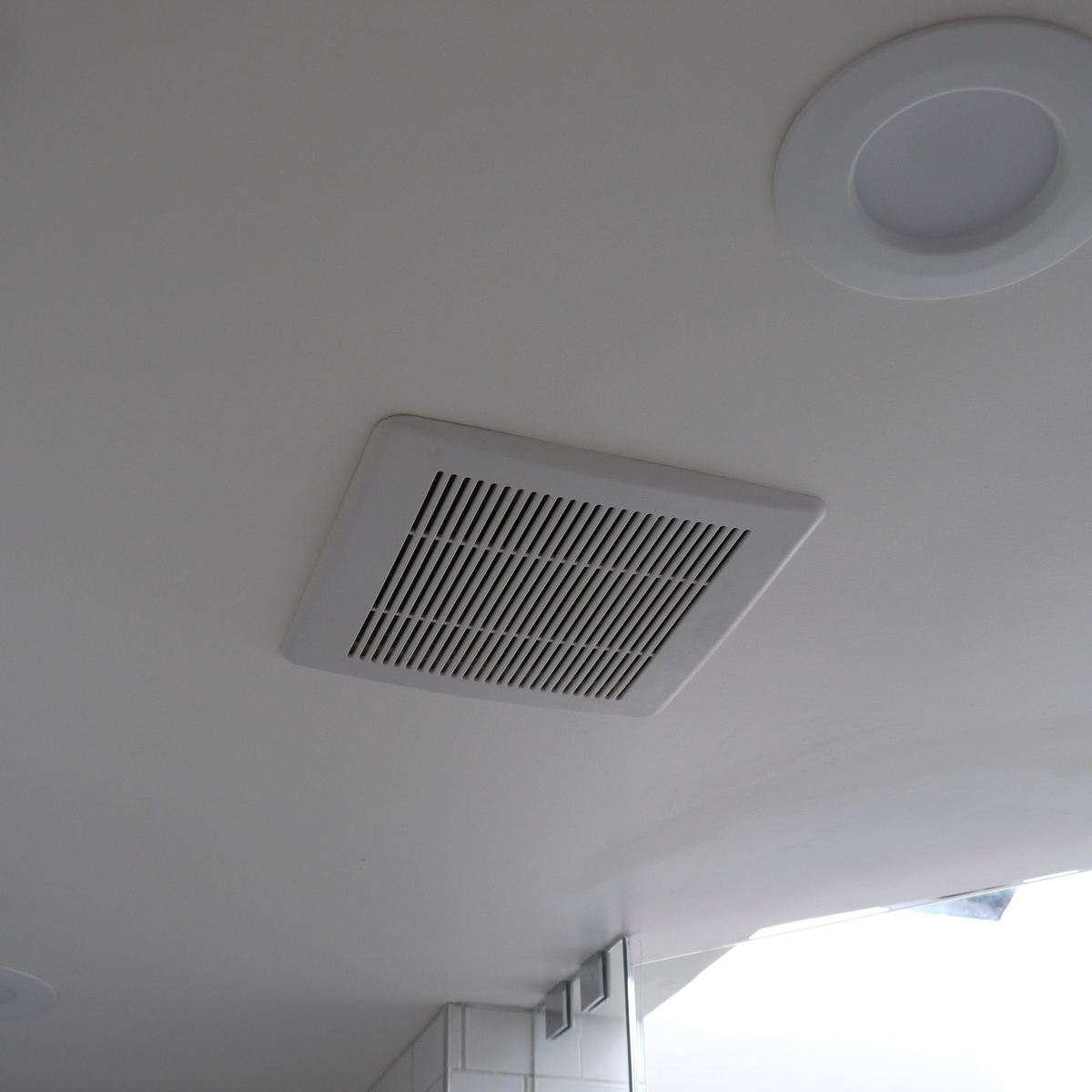

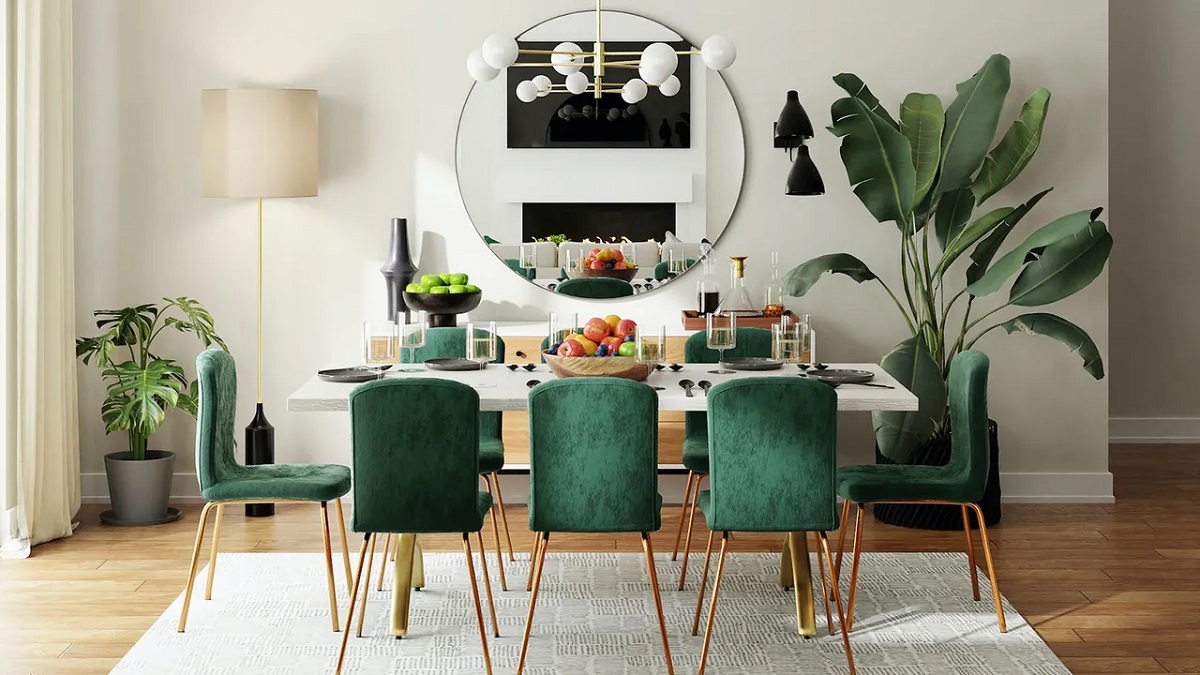
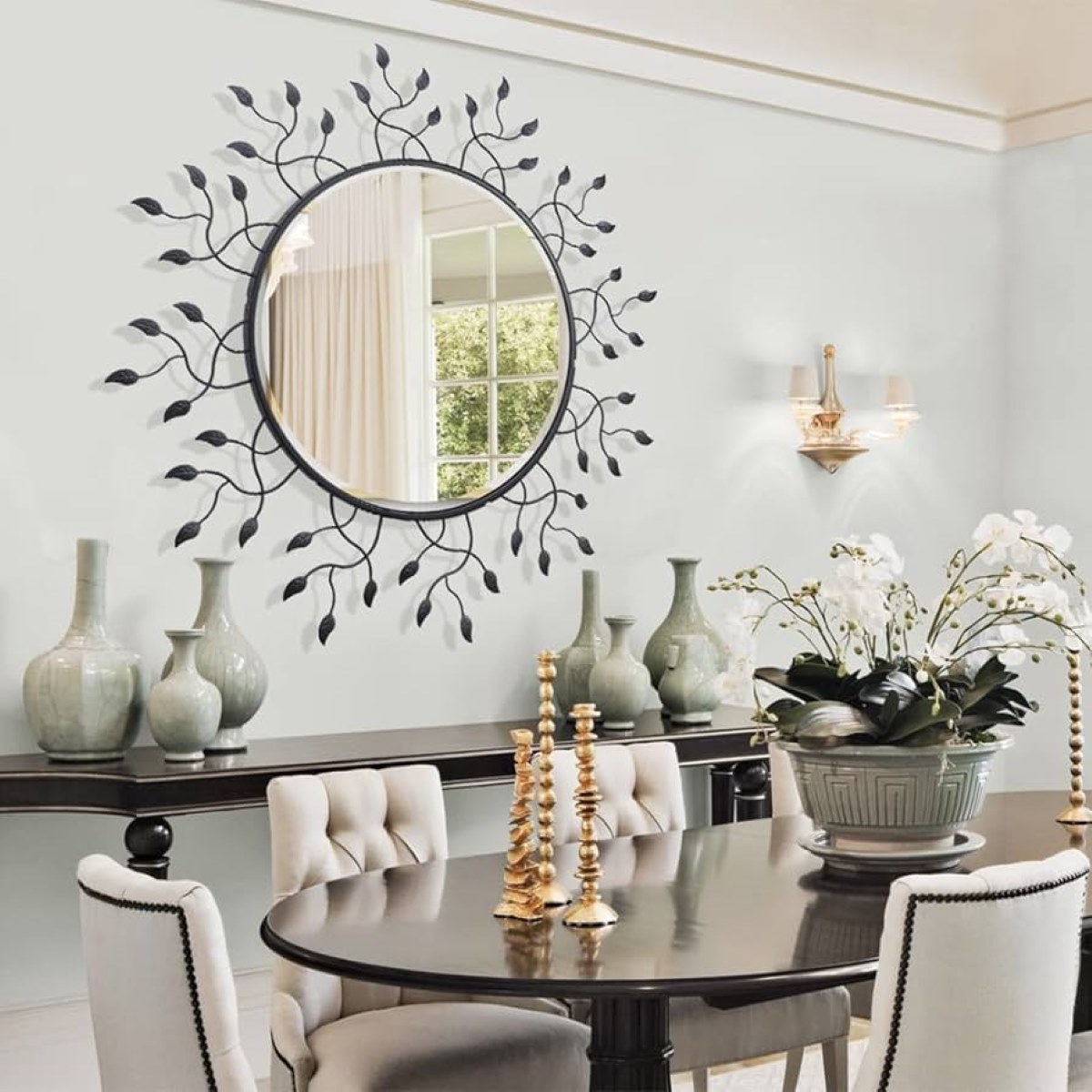
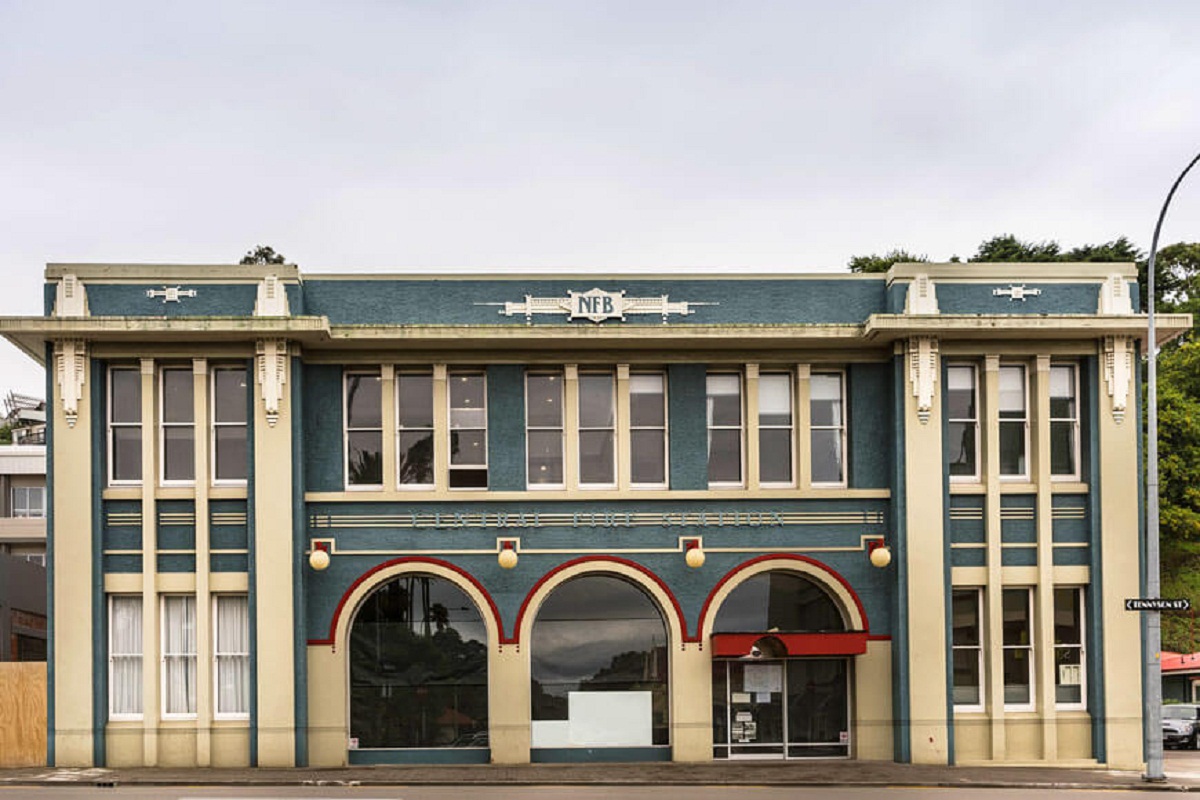

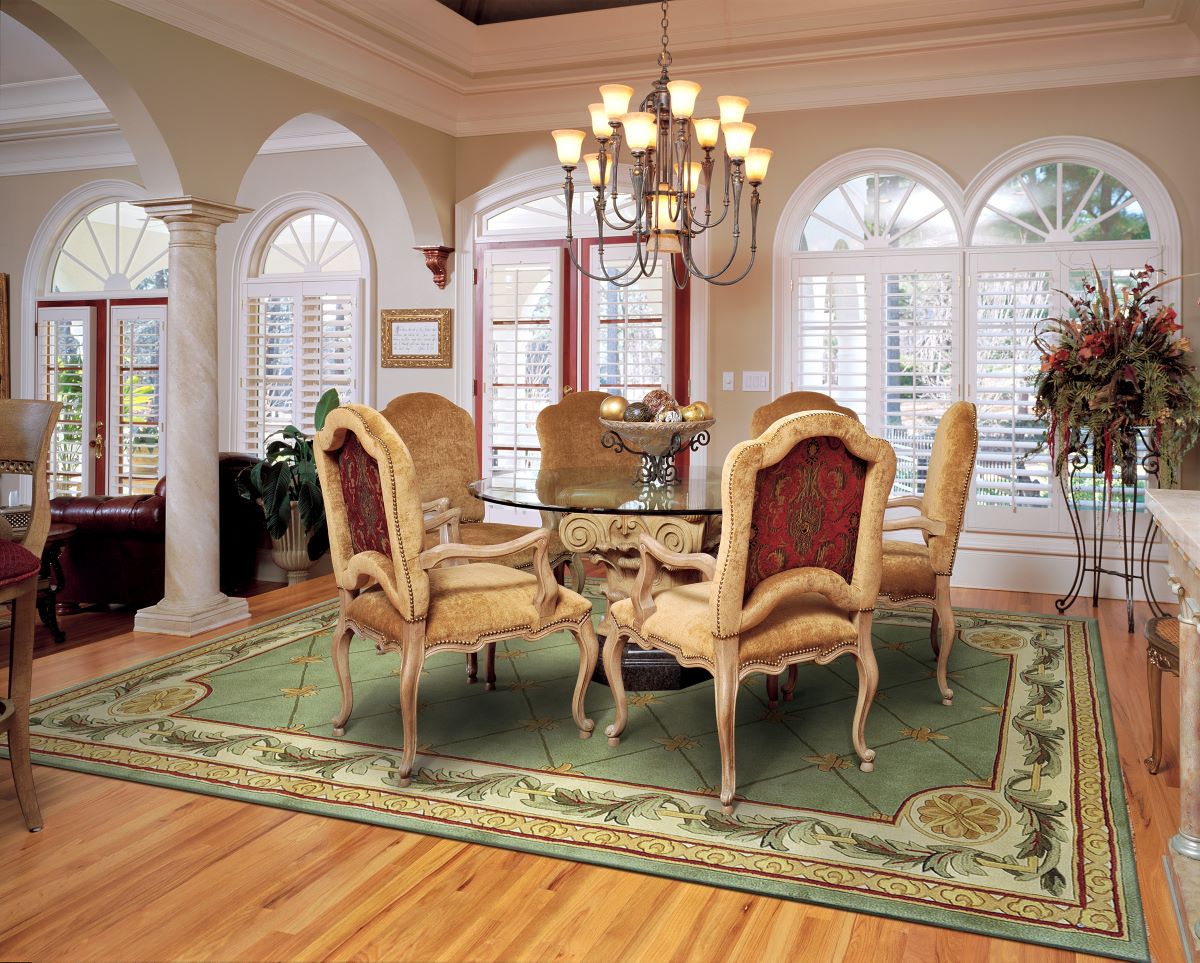








0 thoughts on “Where Should Dining Room Be Located”